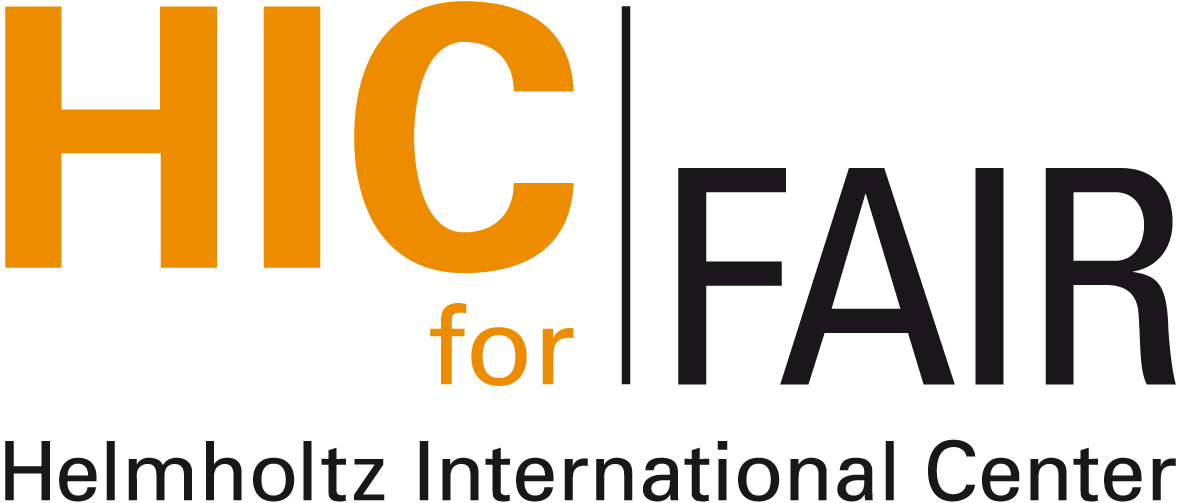First, I will
summarize recent insights about how global and gravitational anomalies
can affect experiments, such as heavy ion collisions, quantum quenches
in condensed matter systems, or data from astrophysical sources. To
give a concrete example: a chiral anomaly leads to a transport effect
called chiral vortical effect. This effect appears at the same order
in the hydrodynamic gradient expansion as, for example, electric
conductivity or shear viscosity. In order to understand how such
anomalous transport effects will appear in experiments, we need to
understand the dynamics of strongly coupled systems near and far-from
equilibrium. As the two essential tools we will use:
(i) the fluid/gravity correspondence, and then more general fully
time-dependent holographic models derived from string theory, in
parallel with
(ii) effective field theories, for example, relativistic
hydrodynamics.
 Nuclear
Physics Colloquium
Nuclear
Physics Colloquium  Nuclear
Physics Colloquium
Nuclear
Physics Colloquium